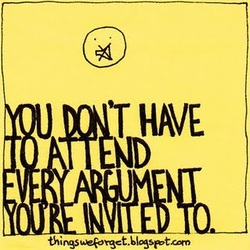
Sometimes the best way to win an argument is to know when to walk away.
If you and another person have a difference of opinion, tell them your idea, and if they have a new way to explain their idea, you should listen.
But if all they are doing is repeating what they said over and over, say, "I'm not looking for an argument with you," and walk away.
If you know the person who is disagreeing with you is wrong, but they're not hurting you or anyone else, you don't have to change their mind!
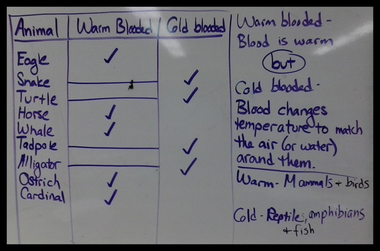
Warm blooded animals react differently to changes in temperature than cold blooded animals.
Cold blooded animals slow down because their blood gets just as cold as the air around them. They aren't able to generate as much energy to keep themselves warm.
Warm blooded animals keep their bodies just as warm as always, even when it gets cold outside. It requires a lot of energy to stay warm.
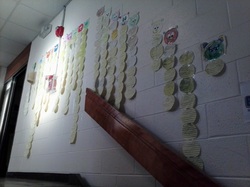
Thank you to Chris F.'s mom for hanging the book circles and making our Bookworms look nicer! Overall your worms have really grown this term. I wonder how long your second term Bookworms will grow!
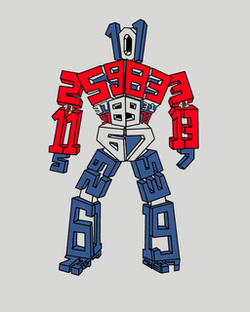
Optimus Prime
Making Factor Rainbows was fun, but prime numbers are cool for all the opposite reasons. They're special because they can't be divided evenly by any number, except of course for itself and 1.
In December, we will work on memorizing all the prime numbers up to 50.
Those numbers are:
2, 3, 5, 7, 11, 13, 17, 19, 23, 29, 31, 41, 43 & 47.
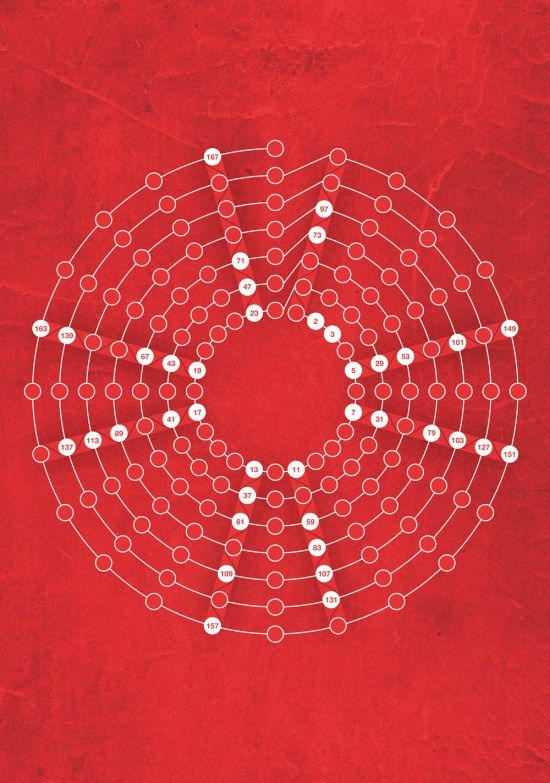
Prime number spiral
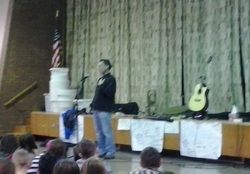
Steve Blunt sang songs, told stories, played music, and told jokes about colonial life here in New England.
What was your favorite part of this cultural event?
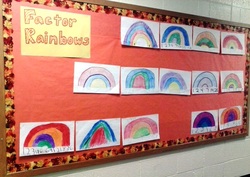
Congratulations to everyone who won the Factor Rainbow competition today!
Your rainbows look great, and show factors in a new way. Instead of listing factor pairs for a number like 24 like this:
(1,24)
(2,12)
(3,8)
(4,6)
You s-p-r-e-a-d them out! Each arch shows the factors that can be multiplied together to get the number you're factoring.
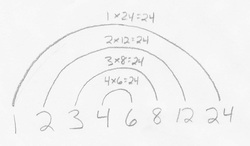
Great work!
I'm having trouble adding captions to the rest of the photos, but here are the pictures from my trip to New York during April vacation 2011! I got to take a boat ride that went past the Statue of Liberty and Liberty Island.
The building you see is the old immigration center that opened in 1892. Millions of immigrants passed through this building before starting their lives in America. Now that immigrants arrive mostly in airports, not boats, this building is the Immigration Museum.
And of course you'll see the Statue of Liberty! Can you spot Mr. Thomas looking out at it?
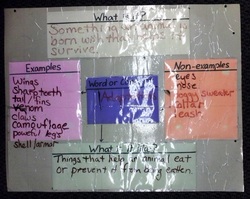
Today we learned about animals that have different adaptations to help them survive. An adaptation is something an animal is born with that helps it survive.
What is your favorite animal, and how does it avoid getting eaten out in the wild?
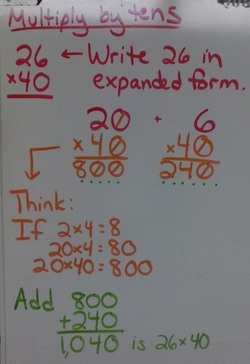
You can multiply without regrouping if you take apart your numbers!
For example, 26 can be broken down into
20 + 6
Earlier this year we called that the expanded form. It's much easier to multiply 20 x 40 and
6 x 40 and then add your products.
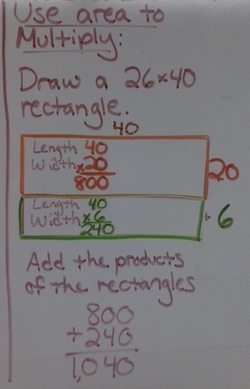
There is another way to imagine breaking apart your numbers. Think of a rectangle that's
40 x 26 feet.
Split that rug into 2 pieces that are:
40 x 20 feet and
40 x 6 feet
If you can find the area of each rug, you can add them together to find the total area.
What's the easiest way for you to multiply
40 x 26?
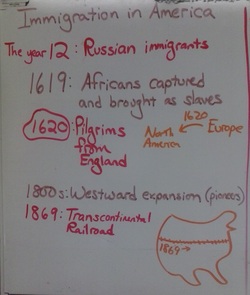
We learned about several important dates from America's history of immigration and migration.
These dates were drawn on your map showing the direction immigrants traveled.
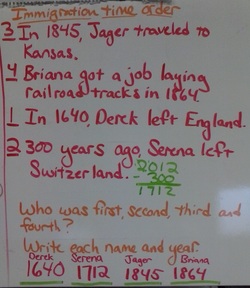
We also learned how to put events in order.
First, we have to look for the date in each sentence.
Next, if it says a number of years ago, we need to subtract that number from the current year.
Finally, we can compare and order numbers. The smallest number is the date that happened first. Now we know who came to America first, second, third, and fourth.
After learning where people traveled from and worked on the chart above, would you have rather lived in the 1600s, 1700s, or 1800s? Why?



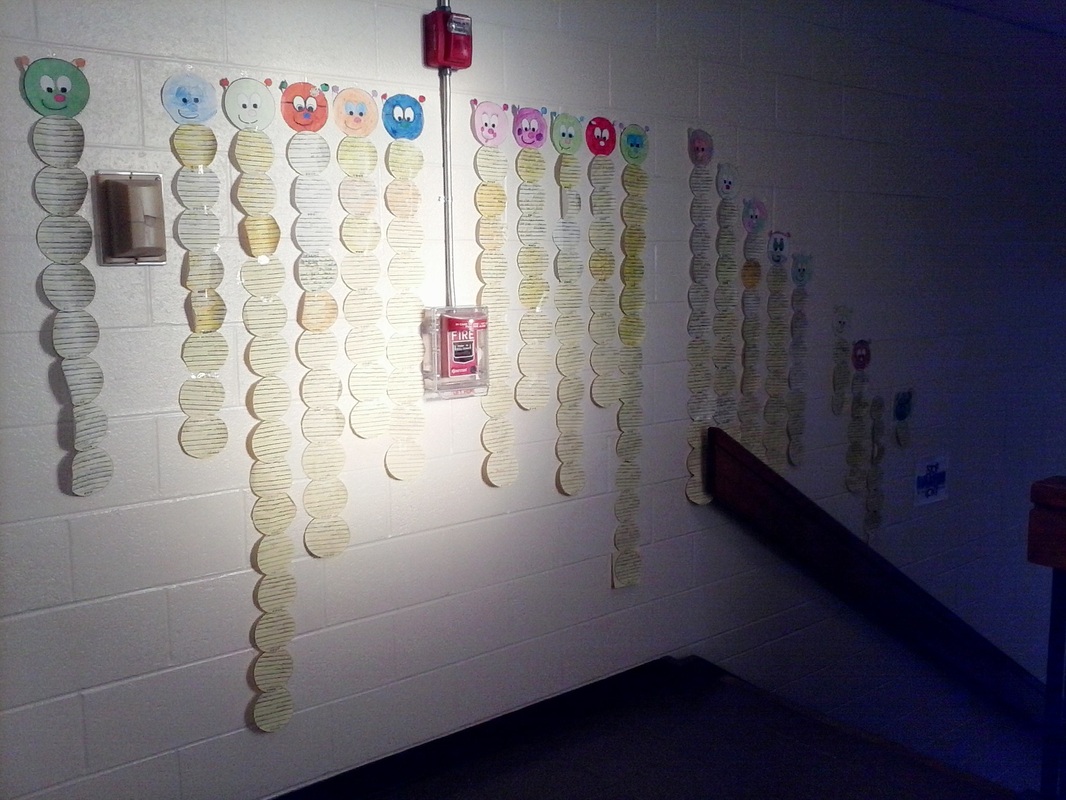



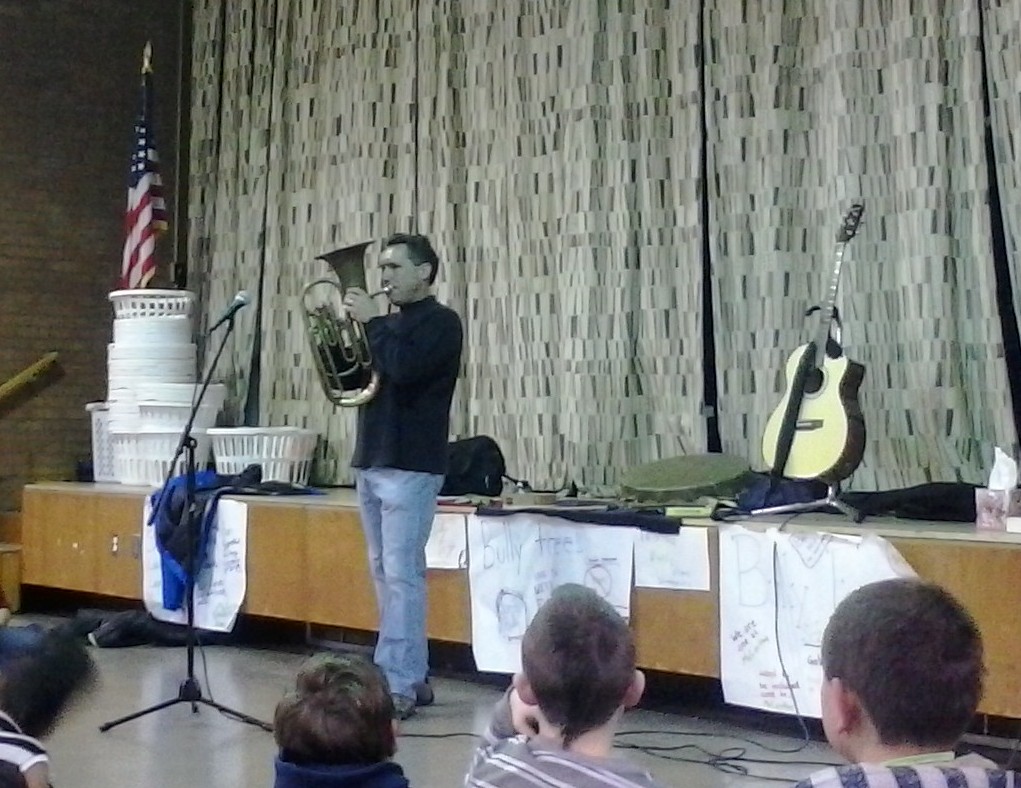








 RSS Feed
RSS Feed